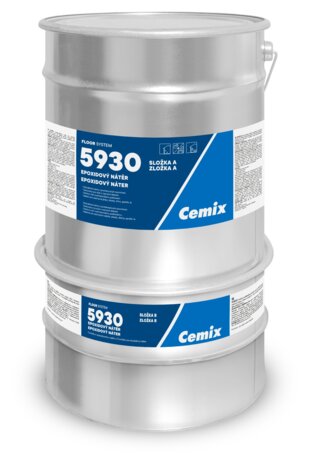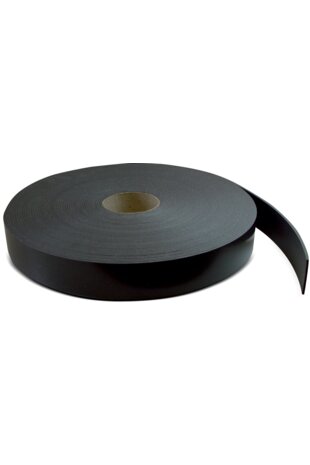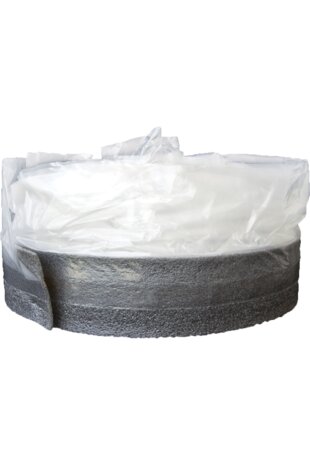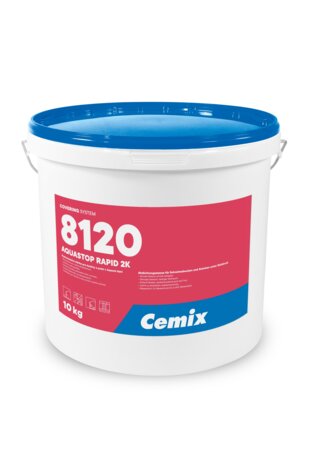|
5280
SCREED FLEX 30MPa
Formerly 080
For making fiber reinforced slopes
Offers a wide range of thicknesses
- Cement screed. For creating bonded screeds .
- With fibres: Reinforced with fibres for elimination of cracks
- F6: With higher flexural strength also for creating floating screeds of 40mm.
- Wide range of application thicknesses of 5-100mm: For application on very uneven substrates. Also for creating water-repellent slopes on balconies and terraces. Frost-resistant. Outdoor suitable. For wet areas.
- To be covered with floor coverings e.g. tiles, PVC, epoxy coatings, etc.
Area of application
- Outdoor: floor
- Indoor: floor
Heating and cooling area
- Floor
Processing method
- For hand and machine processing
- Manual creation of combined (connected) and floating screeds for laying floor coverings (tiles, PVC, epoxy coatings, etc.).
- Ideal for areas where there are requirements for higher strength, durability and variable thickness (e.g. overlay on balconies, loggias, terraces, in mass showers, etc.).
RECOMMENDED SYSTEM PRODUCTS
Processing details
Learn more about technical details for processing this product.
Substrate requirement
The substrate must comply with the applicable standards, must be solid, free of loose particles, free of dust, paint, residues of demoulding substances and efflorescence. It must be sufficiently rough, dry and evenly absorbent. The surface shall not be frozen or water-repellent. The substrate must be stable in volume.
Substrate preparation
The substrate must be clean, dry and load-bearing and not frozen. Apply Cemix primer to absorbent substrates, roughen smooth substrates or use Cemix contact bridge 1500 and allow to dry. When applying a floating screed, provide the substrate with a suitable separation layer e.g. PE 0.2mm with overlaps. Place the insulators at the same time without gaps. Apply expansion tape around the perimeter.
The substrate must comply with the applicable regulations, standards or recommendations of the material manufacturer.
Preparation of the mixture
Prepare the material by pouring the dry mixture into the prescribed amount of water and mixing it. Use potable water or water complying with EN 1008 to mix the mixture. Mix using a slow speed propeller mixer. Mix to a homogeneous, lump-free mixture and leave to rest. Then mix again briefly. Use suitable machinery when processing by machine.
Water demand

| Quantity | Liters (Min) | Liters (Max) |
|---|---|---|
| 25 kg | 2.5 L | 3 L |
| 1 kg | 0.1 L | 0.12 L |
Mixing


Processing instructions
Spread the mass on the prepared substrate and compact it, e.g. with the strokes of a trowel. Then flatten the surface with a lath and smooth it with a plastic or steel trowel. An advantage is the possibility of pulling down with a vibrating lath.
Application thickness

| Minimum layer thickness | 5 mm |
|---|---|
| Recommended layer thickness | 40 mm |
| Maximum layer thickness | 100 mm |
Consumption

Yield
| Material consumption | at | unit | Yield |
|---|---|---|---|
| 25 kg | 40 | MM | 0.32 m² |
Working time (potlife)

60 min
Walkability after

24 h
Treatment after application
Avoid the negative effects of sun, heat, humidity and draughts. Protect from frost and rain. Direct heating of the surface is prohibited. Keep the screed in a moist condition for 2-3 days.
Tool and cleaning instructions
Wash off tools with water immediately after finishing work. Clean dried residues mechanically.
Technical parameters
| Main binder | Grey cement |
| Flammability class | A1fl |
| Max. grain size | 4mm |
| Full load after | 14 d |
| Compressive strength 28 days in N/mm² | 30 N/mm² |
| Flexural strength 28 days in N/mm² | 6 N/mm² |
| Thermal conductivity λ in W/(m.K) | 1.5 |
| Dry bulk density in Kg/m³ | 2100 |
| Dry bulk density in Kg/m³ to | 2300 |
| Release of corrosive substances | CT |
Download
|
|









